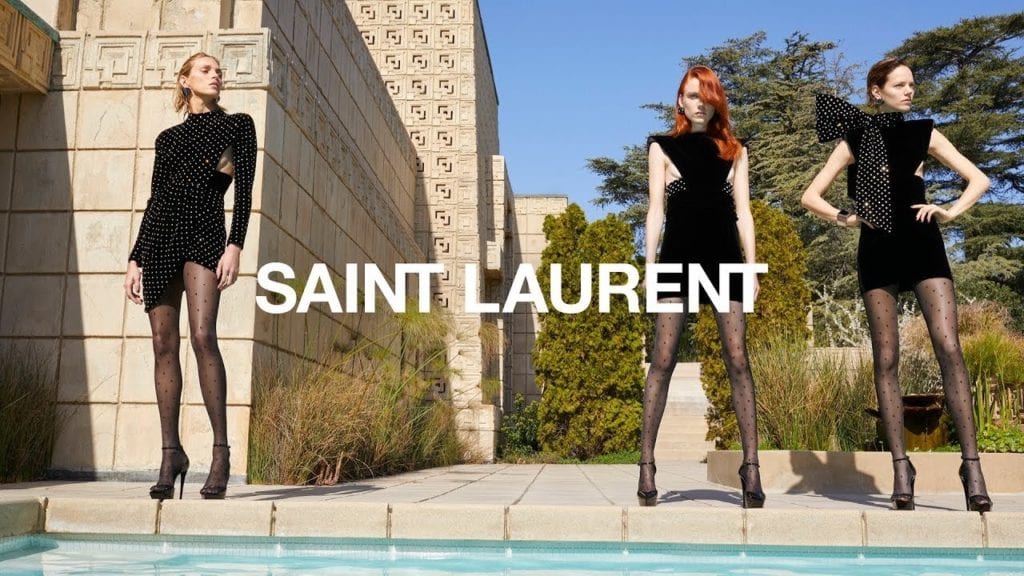Gucci, alone, brought in $2.63 billion in sales for the 3 months ending in September, thereby, earning a whopping 62.9 percent of all revenues for luxury goods conglomerate Kering, even if its growth rate is, as Bloomberg described it on Thursday, “coming down to earth” following explosive sales boosts over the past few years under the watch of creative Alessandro Michele and chief executive Marco Bizzarri.
“We achieved another strong quarter, and all our segments contributed to our solid top-line gain,” Kering chairman and CEO François-Henri Pinault, said in a statement on Thursday, pointing to the group’s “progress, on top of considerable expansion in the past two years,” as well as the “healthy and well balanced across all houses” under its umbrella – from Gucci and Saint Laurent to Balenciaga and Bottega Veneta, among others.
In a sign of the expected “era of slower growth” that would inevitably find Gucci after extraordinary growth in previous quarters, such as Q1 in 2017 when the Italian brand boasted growth of 48.3 percent, followed by comparable increases in sales of 48.7 percent for Q1 in 2018, Gucci delivered growth of 10.7 percent on a comparable basis for the 3 months ending in September. “While that’s about 2 percentage points above analysts’ estimate,” according to Bloomberg’s Robert Williams, “it’s down sharply from the 30% or more at which the label had been expanding over the past two years.” Nonetheless, Kering is characterizing it as “very healthy growth” on the part of its marquee label.
Of the other individual brands whose revenues Kering breaks down individually, Saint Laurent brought in revenues of $506.5 million for the quarter, for a total of 10.8 percent growth, which is 0.1 percent greater than Gucci’s growth for the quarter. Meanwhile, Bottega Veneta, which is in the midst of a revamp under new creative director Daniel Lee, is growing at a comparable rate of 6.9 percent – which Kering calls “highly encouraging” – with revenues of $284.3. Paris-based Kering did not break out growth or revenues for Balenciaga, which, as Pinault confirmed this spring, is set to break 1 billion euros ($1.12 billion) in revenue for the first time this year.
As a whole, Kering’s sales for the 3-month period are up 11.6 percent on a comparable basis to $4.31 billion, with online sales, alone, climbing 20.1 percent, and wholesale sales up 8.7 percent.
A final interesting takeaway, “Despite the strength in China,” (Kering’s sales were up 16.6 percent on a comparable basis in the Asia-Pacific region, and “Gucci’s missed sales in Hong Kong were ‘in large part made up for’ by other markets,” Chief Financial Officer Jean-Marc Duplaix said), Bloomberg notes that “Kering is facing questions over its U.S. business, which unexpectedly shrank during the second quarter.”
This summer, Duplaix revealed that Gucci’s weaker performance in the United States, which saw sales fall by 2 percent, was due, in part, to a drop in Chinese tourism, but on a greater scale, was impacted by the fact that the U.S. is “a market that’s becoming more difficult, we’ve seen that for all our brands.”
Gucci, in particular – which Kering executives have said still has plenty of room to grow given consistent Chinese demand and its growing efforts to brach out into makeup, homeware and high-end jewelry – “laid off a big U.S. advertising push in the first six months of 2019 against the backdrop of a troubled market, but is planning more marketing campaigns this year,” Reuters reported in July.
Speaking more recently about the status of the American market, Duplaix said that concrete effects of its “actions to improve the U.S. market will take time” to come into fruition.













